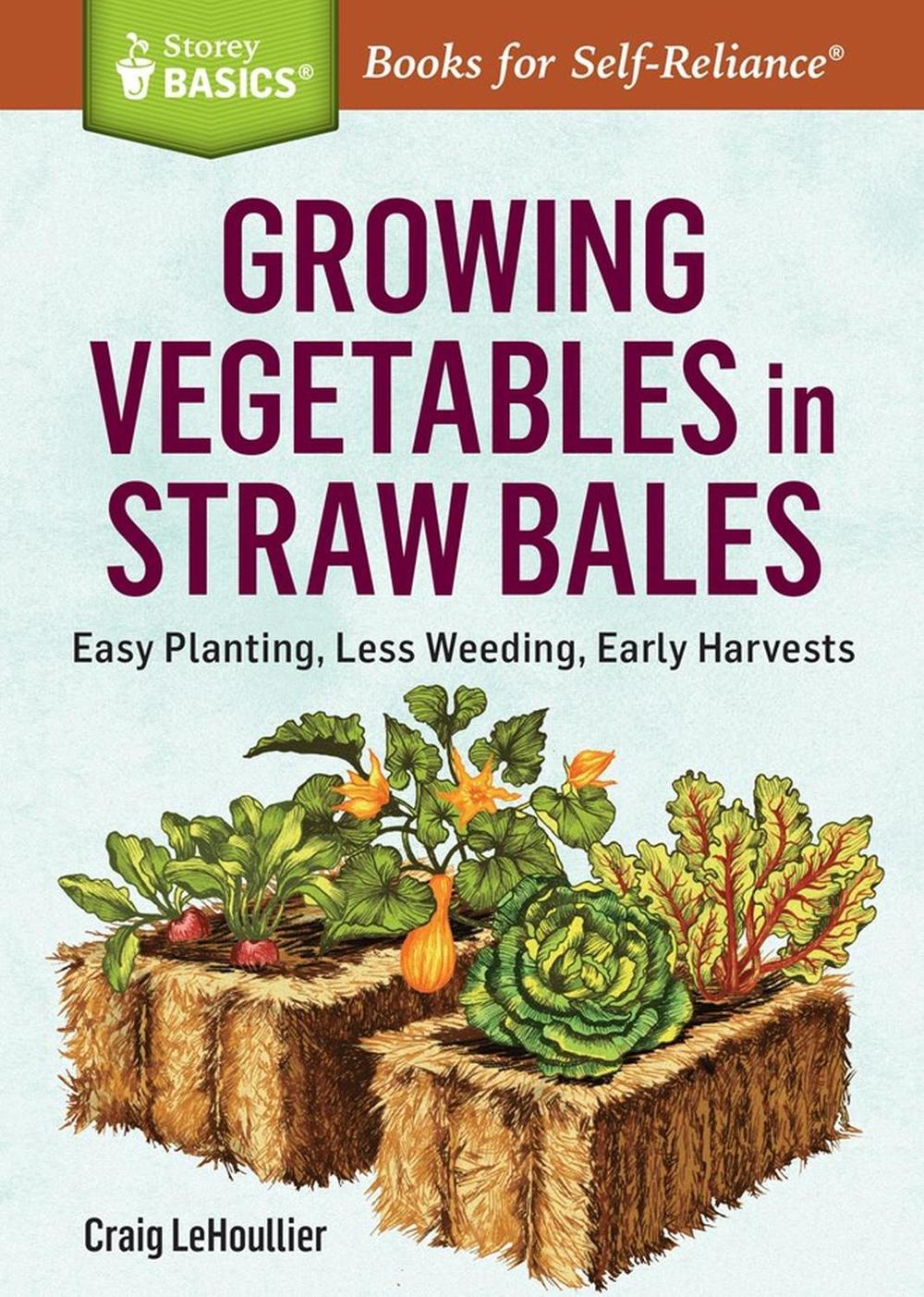
Growing Vegetables in Straw Bales
easy planting, less weeding, early harvests. a storey basics® title
$21.72
- Paperback
96 pages
- Release Date
28 December 2015
Summary
Unlock Your Green Thumb: The Effortless Guide to Straw Bale Gardening
Straw bale gardening offers an accessible, budget-friendly, and low-effort approach to cultivating a thriving vegetable garden, even in limited spaces. Transform a simple bale of straw, a bit of fertilizer, and your preferred vegetable seeds into a flourishing edible landscape. Expert gardener Craig LeHoullier provides clear, step-by-step guidance, covering everything from selecting the perfect straw and preparing…
Book Details
| ISBN-13: | 9781612126142 |
|---|---|
| ISBN-10: | 1612126146 |
| Series: | Storey Basics |
| Author: | Craig LeHoullier |
| Publisher: | Workman Publishing |
| Imprint: | Storey Publishing LLC |
| Format: | Paperback |
| Number of Pages: | 96 |
| Release Date: | 28 December 2015 |
| Weight: | 120g |
| Dimensions: | 176mm x 126mm x 10mm |
You Can Find This Book In
About The Author
Craig LeHoullier
Craig LeHoullier is the author of Growing Vegetables in Straw Bales and Epic Tomatoes and the tomato adviser for Seed Savers Exchange. In the last 30 years, he has trialed more than 1,200 tomato varieties and has introduced more than 100 varieties to the trade. He lectures widely, from local Master Gardener groups to Monticello, the Philadelphia and Northwest Flower Shows, and Seed Savers Exchange.
Returns
This item is eligible for free returns within 30 days of delivery. See our returns policy for further details.




